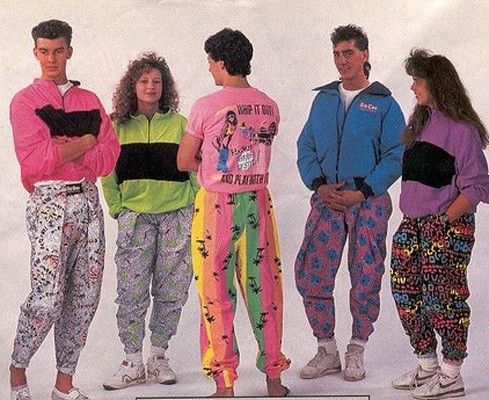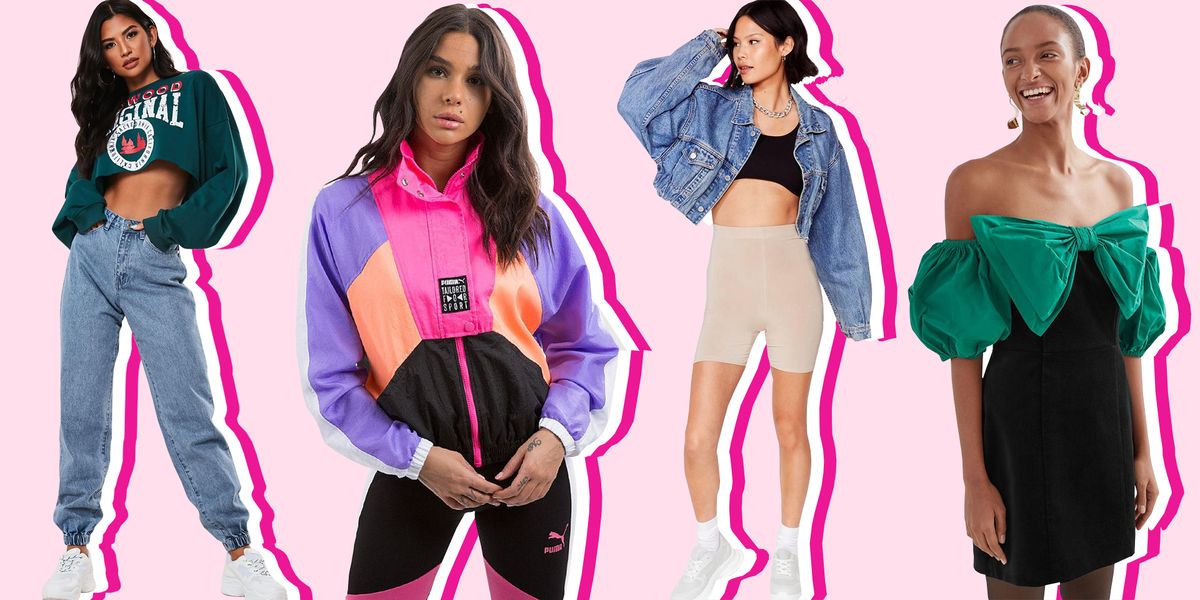With the rise of the 80s sweatshirts, the flare, and now the early 2000’s ‘y2k’ style, it is time to admit that fashion is more cyclical than we may have previously thought. The rise in the purchasing of vintage or second-hand clothing by Gen Z, encouraged by not only trends, but the movement towards slower fashion, has been aided by the rise of sites such as Depop, Vinted, and small vintage wholesalers. To prove this trend in consumer spending, research by The Charity Retail Association has noted that UK charity shops alone are up in profits to £295m in the last financial year, from £278m the previous year. Depop too, a figure head of the reselling and second-hand industry, has doubled its active users in just America in only four months from March to July 2020 from 1,123,448 to 2,569,602.
It is no surprise, therefore, that fast fashion brands want to get in on the second hand and vintage industry action, and the current items trending on larger sites such as Shein and Amazon reflect this. Trending searches such as ‘y2k’, ‘retro’ and ‘vintage’ on fast fashion sites beg the question of whether keeping up with these nostalgic trends has over-taken the original brilliance of the cheaper, more sustainable, and exclusive clothing and fashion. The selling point of digging up popular trends from past eras; the exclusivity of rare finds, the nostalgia, and the global benefits of slower fashion have made them popular, and brands that create new garments have no doubt noticed these trends and incorporate nods to it in their new garments – does this defeat the point? I am not saying that people that search for ‘y2k miniskirts’ on Shein, or ‘80’s sweatshirts’ on Amazon are performing fake sustainability, they are simply keeping up with trends. I only wish to comment on the strangeness of this ‘fake second hand’ style that seems to be surfacing. What originally started as a trend to have a more exclusive look with older clothing, or to replicate the fashion trends of the 70’s, 80’s, and 90’s, has turned into sweat shops and factories actually mass creating these garments. The search ‘y2k tops’ on Amazon returns 440 results. Surely manufacturing a fashion trend from the 2000’s takes away from its original nostalgic exclusive nature.

A friend of mine recently bought a jumper from the fast fashion brand Misguided. Upon arrival the jumper was broken at the cuffs and neck and looked worn in other places. After sending it back and receiving another, she realized that in the description of this jumper was ‘vintage look’ and the scuffs on the item were deliberately engineered for the authentic feel of the garment. How strange is this? This fast fashion, and certainly not vintage, brand wants to be involved in this market so badly that they will add damaging their items to the production process to give it the ‘second hand’ look. Need I add that his 80’s style jumper was about half the price of the genuine vintage jumper of a similar look, so if your main concern were the trend, why wouldn’t you buy it? I find this so interesting to examine as exemplifying the current fashion industry.
Of course, we can analyse and ponder the economic and global impact of this, and I would like to stress that my speculation on this is not involving the ethics of any party – it is more to think about the paradox we are involved in. Cheap fast fashion brands supplying clothes with a vintage look are outpricing genuine vintage clothing that will be more expensive from individual retailers. The high demand for vintage clothing slightly alleviates the current global issue of the tonnes of clothing that go into landfill. However, the authenticity and exclusive nature of the clothes make them expensive. The creating of these fake look 80’s jumpers or y2k crop tops is not only adding to this landfill, as cheap clothes are rarely kept and cherished as long as more expensive items, it is also providing cheaper alternatives and possibly pushing the genuine second-hand retailers out the market. But then again, who am I to say that someone should shun the cheaper alternative of the fashion trend they are enjoying and instead seek out the most expensive item in the name of sustainability?


Another fast fashion issue that is seeping into second-hand selling sites is sellers bulk buying stock from cheap factories and selling them on sites such as Depop. We can assume that the consumers on the site share the same sustainable ethos as the app creators, so how are they to know that by supporting these sellers they are not actually shopping in the genuine trend, or even shopping second hand? This is another example of fast fashion retailers and sellers exploiting the shift towards more sustainable, old, or second-hand clothes shopping of consumers.
It is interesting to see how Gen Z are revisiting the eras of the past with disposable cameras, vinyl, and clothing. But it is also interesting to see the paradox of how old becoming new has turned into new being made to look old.

